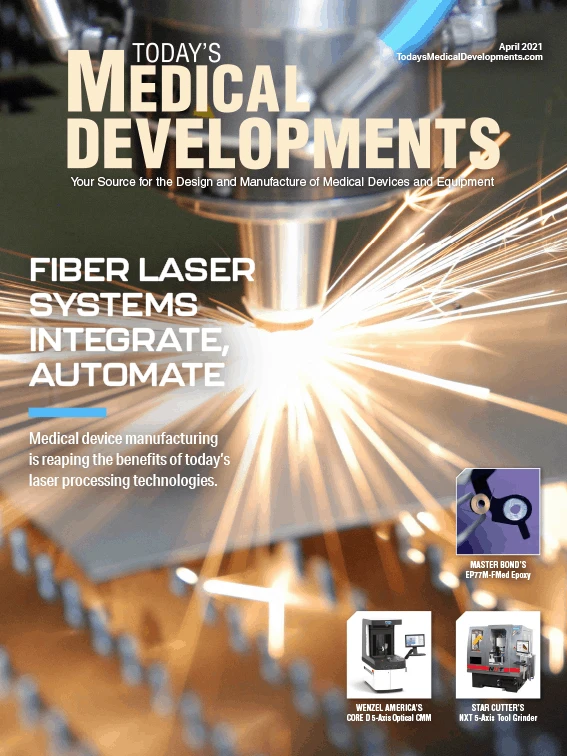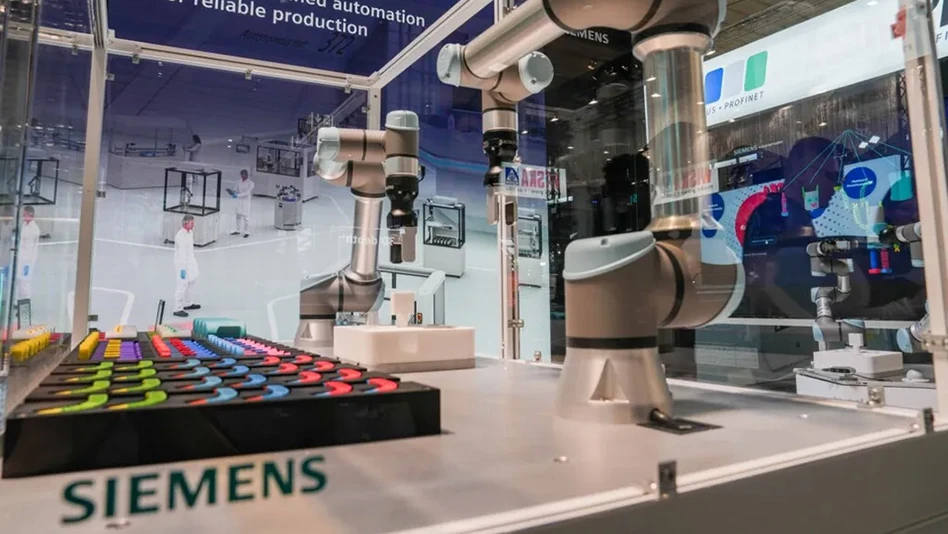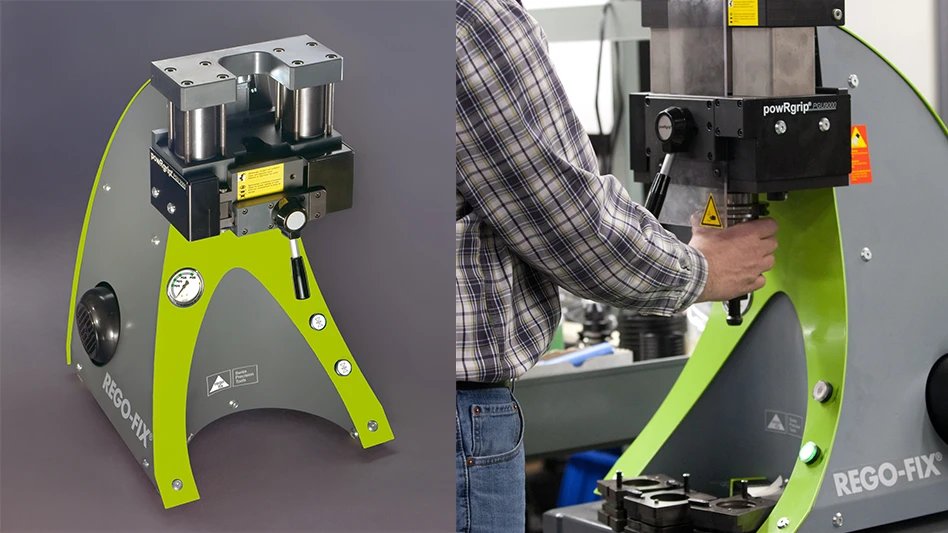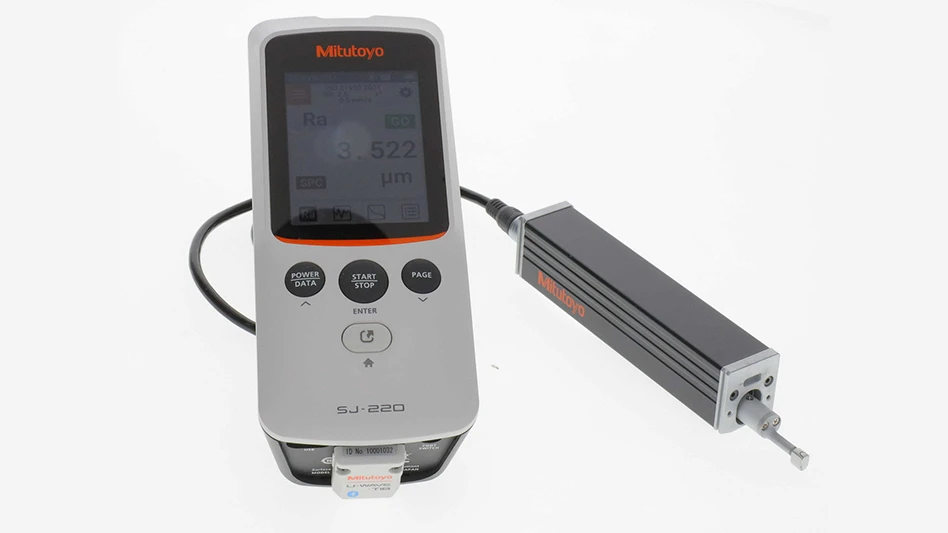
1. AutoForm was founded in 1995 and is recognized as the leading supplier of software solutions for die-making and sheet-metal-forming industries.
Since then, the company has continually grown at a rapid pace. The company has profoundly revolutionized the market with its innovations for swift and reliable validation of the design, engineering, and manufacturing processes. AutoForm is well known in the forming simulation industry for its fast-solving speed and ease of use.

2. Simulate the forming process using AutoForm.
AutoForm simulation is a crucial tool for engineering small parts and their manufacturing processes. AutoForm’s technology generates simulation results that accurately predict all aspects of physical component quality, as well as dimensional compliance. By analyzing potential issues in the virtual world using simulation, it’s possible to avoid costly issues in real-world tooling.
3. AutoForm can predict forming issues such as splitting, thinning, wrinkling, and spring-back, and the software provides analysis of part variation.
This allows companies to make countermeasures to resolve issues prior to tooling while adhering to the tight design tolerances required in the medical industry. By using AutoForm simulation, companies can shorten their overall engineering and tooling timelines.

4. AutoForm simulation technology can be used on exotic materials.
Companies rely on AutoForm’s Material Generator to depict exotic material behavior during the forming process. Material characteristics collected from easily performed tests and incorporated into AutoForm’s Material Generator can greatly increase the accuracy of simulation results. Materials include stainless steel, titanium, Nitinol, Inconel, and others commonly used in the medical industry.

Using AutoForm’s Compensator module, die faces are compensated in the opposite direction of spring-back. Final part geometry within the required tolerances is achieved with a minimum amount of correction loops. The biggest advantage with AutoForm’s Compensator module is the advanced engineering methods which are used to reduce or eliminate costly recuts to the forming dies.
AutoForm Engineering USA Inc.
https://www.autoform.com
Get curated news on YOUR industry.
Enter your email to receive our newsletters.
Explore the April 2021 Issue
Check out more from this issue and find your next story to read.
Latest from Today's Medical Developments
- Register now to learn solutions for high-temperature aerospace machining challenges
- Expertise on machining, joining offered in April’s Manufacturing Lunch + Learn
- Incredible Machine works on the Rube Goldberg principle
- FAULHABER’s metal planetary gearhead family
- Aerospace Industry Outlook - Spring 2025, presented by Richard Aboulafia
- World’s smallest pacemaker is activated by light
- FANUC America’s ready-to-deploy cobot web tool
- #42 Lunch + Learn Podcast - Quell Corp






